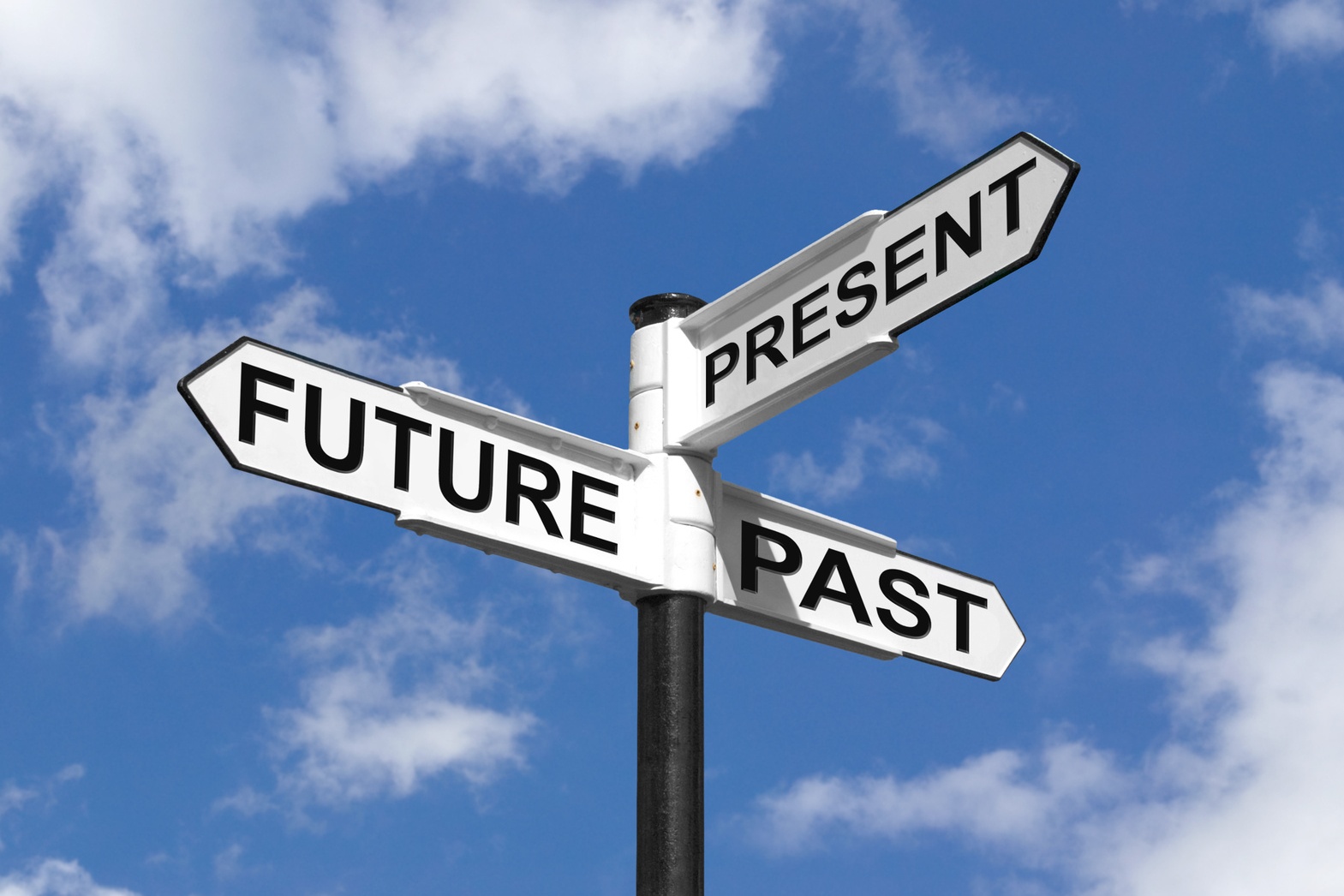
Why paying attention is hard work, and what to do about it.
If you were to track your attention over the last minute, what would you notice? Attention is like a spotlight that helps us focus on a certain task. Right now your attention-spotlight might be hovering steadily on this page, or it might be whizzing around busily to different thoughts, tasks, or distractions. Even though a steady attention helps us be more productive and relationally connected, many people find it difficult to steady the spotlight. Why is it so difficult to pay attention? How can I better focus my attention?
To help answer some of these questions, it’s helpful to think of your mind as an “anticipation machine” which at any time is doing 3 things: (1) experiencing the present moment through your senses, (2) forming judgements and patterns, and (3) using these to anticipate what might come next. Take for example an interaction with a friend where you’ve just told a joke. Your mind experiences this interaction through your senses, forms judgements about how your joke might have impacted the person, then uses this judgement to anticipate how your friend might respond. You could think of this process as a kind of pendulum, where your attentional spotlight is fluidly swinging from the present (your senses) to the past (your judgements) to the future (your anticipations).
Sounds great, except for most of us the pendulum is stuck.
We may spend more time ruminating on past experiences or worrying about the future than we do simply experiencing the present moment. You may feel that even though you’re trying to listen to your friend, or trying to enjoy your exercise, or trying to take a break, you feel stuck in your head and can’t stop the wheels turning.
It’s no wonder that in an urban culture of iPhones, commutes, and advertisements there’s been a surge in other practices that help us pay attention. Yoga, mindfulness, psychotherapy (to name a few) each in their own way help to un-stick the pendulum so it can swing back to the center, helping us to be more fluid and present, productive and connected.
Think about a time recently when you felt fully present. Maybe it was a small moment in the car when something caught your eye, or when you were playing with your child, or when you held your partner’s hand. In these moments we don’t hold so tightly to our rumination or worry. We are free to simply experience the present. These are the moments we feel most alive.
How can you un-stick your attentional spotlight and focus your attention? Tune in and be curious.
- Tune in to your senses. It may help to turn off music or screens to help you engage your senses in the moment. Pay attention to each sense, one by one. Listen to your breathing and your heart beat. Ask yourself questions about what you’re hearing, what you’re feeling on your skin, what you’re seeing, smelling, and tasting.
- Be curious. As you tune in, what are you curious about? Pick an object. It might be a plant, a person, a spot in the grass, a car, you name it. Turn your full attention toward the object or person and allow yourself to wonder. Who or what is this? How did this person or object come to be here? How does it impact me?
Paying attention takes practice. There are all kinds of emotions that keep us from fluidly experiencing the present moment. As we practice tuning in and being curious, we teach ourselves new ways of returning our attention to what matters most, helping us to live fully present, connected, and whole lives.